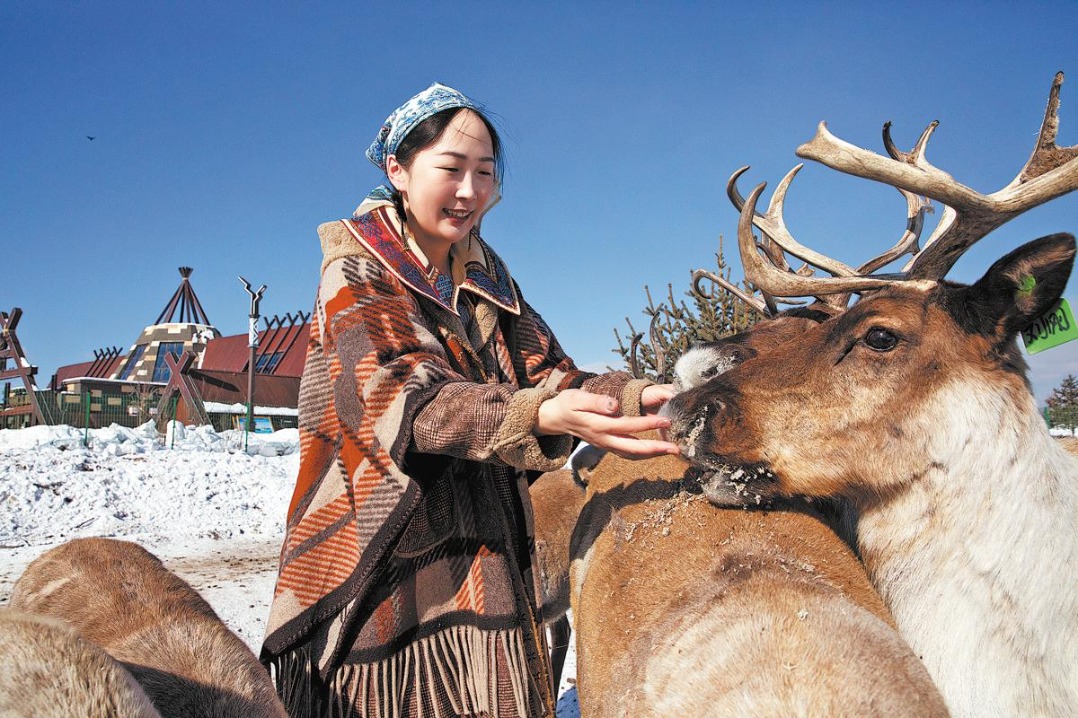No rain checks accepted
By KIM WON-SOO | China Daily Global | Updated: 2020-11-02 08:13

Coordinated actions required to clear the clouds of uncertainty that have gathered over Northeast Asia
Northeast Asia stands at a crossroads. In the five decades since the Sino-US rapprochement in the mid-1970s, Northeast Asia has served as a growth engine not only for the region but also for the whole world. This was possible largely thanks to the peaceful and stable security environment in the region.
However, rising Sino-US tensions threaten to undo these positive developments, with the novel coronavirus outbreak only aggravating the situation. At this juncture, clouds of uncertainty hang over the region.
The pandemic is wreaking havoc on people's health, economies and politics to an extent unprecedented in both scale and intensity in our lifetime. And the crisis is still ongoing.
Nobody can predict for sure when we will finally overcome this pandemic, as vaccines and treatment remain yet-to-be-proven wild cards. The longer it takes to overcome it, the deeper the impact will be, with negative spillover effects on the region's economy and security dynamics.
At the same time, the US presidential election is adding more uncertainty. If former vice-president Joe Biden wins, US foreign policy will be reset with immediate reversal of President Donald Trump's decisions to renege on multilateral commitments made by the previous administration.
On the regional scale, the pandemic has forced the government of the Democratic People's Republic of Korea to close the country completely to the outside world, exacerbating the country's existing economic woes caused by the sanctions imposed on it by the UN and unilaterally by the United States. And how and when the stalemated talks between the US and the DPRK can resume, and under what conditions, remains uncertain. A nuclear-free Korean Peninsula remains elusive.
These clouds of uncertainty have gathered at a time when Northeast Asia is already experiencing the revival of strategic arms competition between the United States and Russia, with China being dragged into it against its will. There are also strains in various sets of bilateral relations owing to territorial disputes and differences on historical issues.
The tragedy is that none of the parties directly involved in these waiting games show any willingness to make the first move toward a compromise, arguing instead that the onus to do so is on the others.
As the pandemic remains uncontrolled, all these issues are likely to be prolonged. But we have no more time to lose. We cannot and should not wait until the pandemic comes to an end. The emphasis should be on mitigating the risk of inadvertent escalation. Tensions could rise rapidly due to an unintended incident caused by a misunderstanding or miscommunication. This risk is all the more acute given the lack of an institutionalized crisis management mechanism in the region.
It is not only up to the governments of the countries concerned but also the private sector in the region to regroup before it is too late. The consequences of inaction would be costlier than the cost of the immediate and long-term mitigating actions that could be taken.
In the short term, the Sino-US dialogue channel should be reset as soon as the US election is over. This must be done at the highest and working levels. This holds the key to the continuing stability and prosperity of the region and the world.
No efforts should be spared to ensure the Sino-US relations are managed in a cooperative rather than confrontational mode.
The trilateral summit between the Republic of Korea, China and Japan also needs to be reconvened, hopefully, this year. The three countries have many areas in which they can work together in enlightened self-interest.
The engagement strategy with the DPRK should also be coordinated and refined among China, Japan, the Republic of Korea, Russia and the US for a peaceful and nuclear-free Korean Peninsula. Without doubt, a stable Korean Peninsula is the prerequisite to a stable Northeast Asia.
For the longer term, first and foremost, stakeholders need to harmonize their visions for future regional collaboration. Currently two competing visions have emerged, led respectively by China and the US. The region would be far better served if the two visions could be reconciled. Second, a crisis management mechanism needs to be institutionalized, as the Organization for Security and Cooperation in Europe has done for Europe and Russia. This would contribute to significantly reducing the risk of tensions escalating.
Third, practical ways and means need to be explored to promote regional integration based on functional approaches from both the top down and bottom up.
None of these actions is easy to do. But they are feasible if the countries concerned keep the bigger picture in mind. Now is the time to draw up a blueprint for both immediate and long-term actions that can ensure Northeast Asia becomes a safe and prosperous hub for the world. The pandemic should be a stark reminder of how imperative coordinated actions are.
The author is the former under secretary-general of the United Nations and the chair of the International Advisory Board for the Future Consensus Institute (Yeosijae) in Korea. The author contributed this article to China Watch, a think tank powered by China Daily. The views do not necessarily reflect those of China Daily.
























